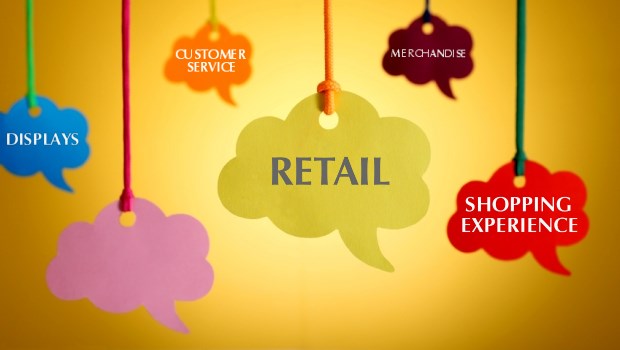The self-storage industry may have grown from an industrial frame of mind, but moving forward, storage operators should increasingly ramp up the retail aspects of their business. Thinking like a specialty retailer is much different than simply providing storage space. Providing rented space may be the core act of your operation, but it should not define the totality of your service value.

When you think about your self-storage operation, do you think of it in terms of storing people’s belongings or providing a specialty retail service? The industry certainly grew from an industrial frame of mind (and building design), but moving forward, storage operators would be wise to increasingly ramp up the retail aspects of their business.
That doesn’t necessarily mean increasing the number and variety of your ancillary services (although I strongly encourage you to do so). What I mean is every self-storage operator, developer and investor should think of his business like a retailer. Specialty retailing (along with the best service businesses) is about providing an outlet for niche goods and services consumers want or need. The most successful specialty brands have staff who are experts in their niche, use consultative selling techniques to increase customer-purchase satisfaction, and display merchandise in a way that enhances the customer’s shopping experience.
Does that sound like something a warehouse does? Being a specialty retailer is much different than simply providing storage space. Providing rented space may be the core act of your operation, but it should not define the totality of your service value.
Admittedly, thinking more like a specialty retailer is a psychological play. Marketing is about appealing to someone’s senses or sensibilities. You’re trying to trigger a positive emotional response to make a sale and gain customer loyalty. How you design your facility and present your business internally and externally should do the same thing. It’s really about visual messaging, and there’s an increasing number of self-storage operators who are smartly applying this philosophy to their facilities.
In his education session on “Creative Design Techniques” during the Inside Self-Storage World Expo, architect Bruce Jordan talked about the change in facility design toward a more retail presentation. This is in part because it appeals more to women, who are the primary storage decision-makers, but also because storage still fights an uphill battle during the planning and zoning stages.
Let’s face it, municipalities aren’t fond of the industrial stereotype self-storage facilities can’t seem to shake. Neither are nearby residents (some of whom will be future tenants) who get up in arms about a storage location encroaching on their neighborhood. It’s up to operators and developers to change perception.
Look around your management office. What does it say about your facility and the services you offer? Is the color of the walls inviting and project warmth? Is it well-organized, with pack-and-ship merchandise, locks and boxes attractively displayed? Can customers easily grasp what unit size they need and visualize their three-bedroom house efficiently stored in your space?
I think the latter may be an underutilized opportunity to enhance a customer’s in-store (or online) shopping experience. Sample unit sizes can give customers an idea of space, but not everyone has a high enough spatial IQ to understand what will fit inside or how best to organize contents. To most people, an empty 10-by-10 unit looks pretty big. Making the effort to stage unit sizes with boxes, bins, furniture and other commonly stored items can go a long way toward helping customers visualize their personal belongings being safe and secure in one of your units. Display units can also be used to effectively showcase your retail merchandise, while demonstrating the size constraints of the space. This is something IKEA stores do very well.
Think about the services you offer. How does the design of your facility and its mix of merchandise reflect the full scope of your value proposition? If wine storage is a big part of your identity, do you offer wine accessories like openers, stoppers, pourers and foil cutters? These needn’t take up a lot of wall or floor space, and wine enthusiasts (particularly those who fancy themselves connoisseurs) will spend money on gadgets connected to their passion. Consider giving away store-branded promotional items that tie directly with your specialty services.
Think about your community. What tie-ins are there for you to promote on your property? Bridge Storage and ArtSpace in Richmond, Calif., has converted a sizable portion of its property into art and music studios housed in former storage units. The storage office doubles as a gallery space, displaying some of the artwork created by its tenants, and occasionally sells pieces on behalf of the artists. This is a great representation of the business and provides a community and customer service at the same time.
The key is to stand out for the right reasons and connect with tenants and prospective customers on their level. It doesn’t have to be fancy. Operators are increasingly getting creative with signage, even naming aisles and hallways with labels that resonate with locals and make it easy for customers to remember where their units are located. Ideas like this are simple to execute but can be memorable difference-makers.
Think about the retailers you enjoy shopping with the most and why, particularly if buying is not always your primary objective. What’s the hook? Finding inspiration from non-industry retail sources you respect is a great way to improve your business and can often provide a point of differentiation from competitors. What retail strategy do you or would you emulate or adapt in your self-storage business to create a competitive advantage? Please share your ideas in the comment section below.
About the Author(s)
You May Also Like







